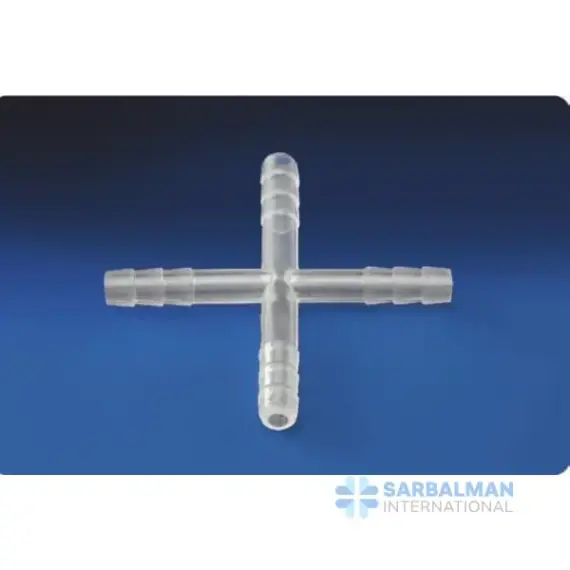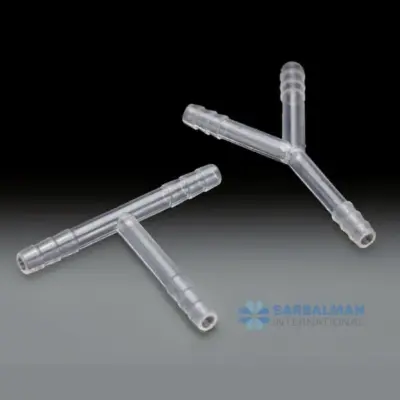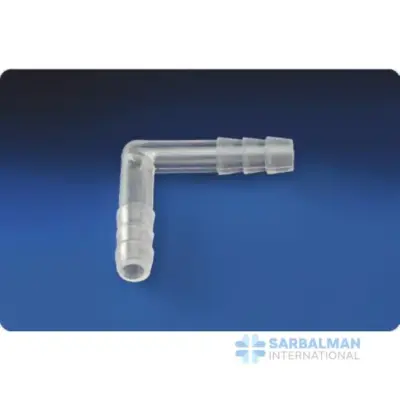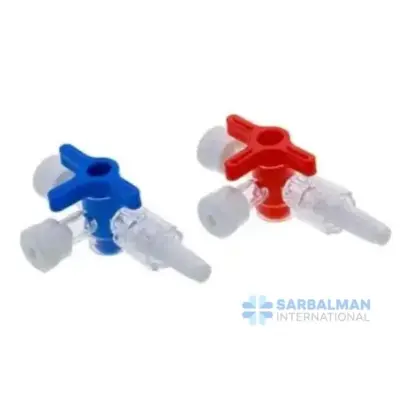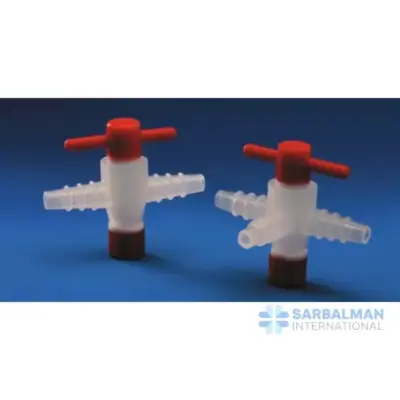Connectors (Cross)
Free!
Cross connectors are four-way hose fittings that split or combine flow in a compact junction. The tapered barbs grip tubing securely, while smooth bores support clean, low-turbulence transfer. Use them to branch buffers, route wash lines, or merge streams without bulky manifolds. They’re lightweight, non-corroding, and easy to reconfigure—ideal for research labs, QC suites, pilot rigs, and any setup that needs neat, reliable distribution.
Description
A cross connector is a four-way hose fitting used to split or combine flow in tubing systems. Each arm accepts flexible tubing, creating a compact junction for liquids or gases at low to moderate pressure. Cross connectors keep bench setups tidy, reduce kinks, and make it easy to branch a single source into multiple lines or merge streams before the next step. They are commonly molded with tapered barbs for a secure grip and smooth internal bores to minimize turbulence.
Key features and benefits:
• Four-way junction for clean distribution or collection of flows
• Tapered, ribbed barbs help prevent leaks and tubing slippage
• Smooth internal passages to reduce hold-up and improve rinsing
• Available in common lab materials (e.g., polypropylene, nylon, PVDF, PTFE) to suit chemical and temperature needs
• Lightweight, non-corroding, and easy to assemble without tools
• Offered in multiple bore sizes to match common tubing IDs
Common use cases and industries:
• Reagent and buffer distribution in research, QC, and bioprocess labs
• Sampling manifolds in environmental and food testing
• Wash lines, drain manifolds, and dosing networks on pilot rigs
• Educational labs for modular, visible flow paths
Comparison guidance:
• Versus T or Y connectors, a cross creates two perpendicular branches, reducing extra fittings and conserving space
• Versus metal manifolds, plastic crosses are lighter, non-reactive with many media, and easier to reconfigure
Quality notes:
• Choose material for chemical compatibility, working temperature, and sterilization method
• Confirm pressure ratings and documentation (material grade, lot traceability) where required by SOPs

